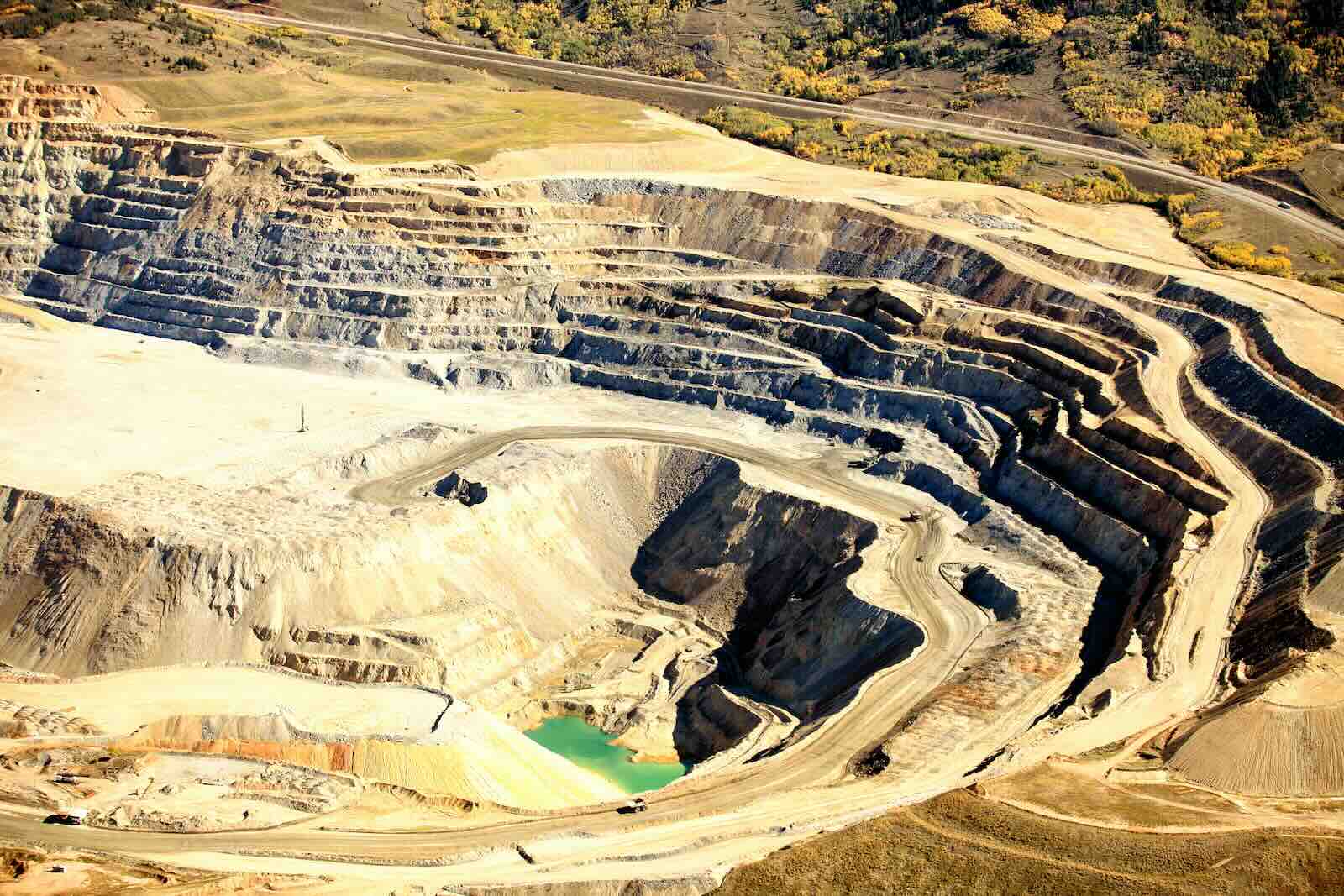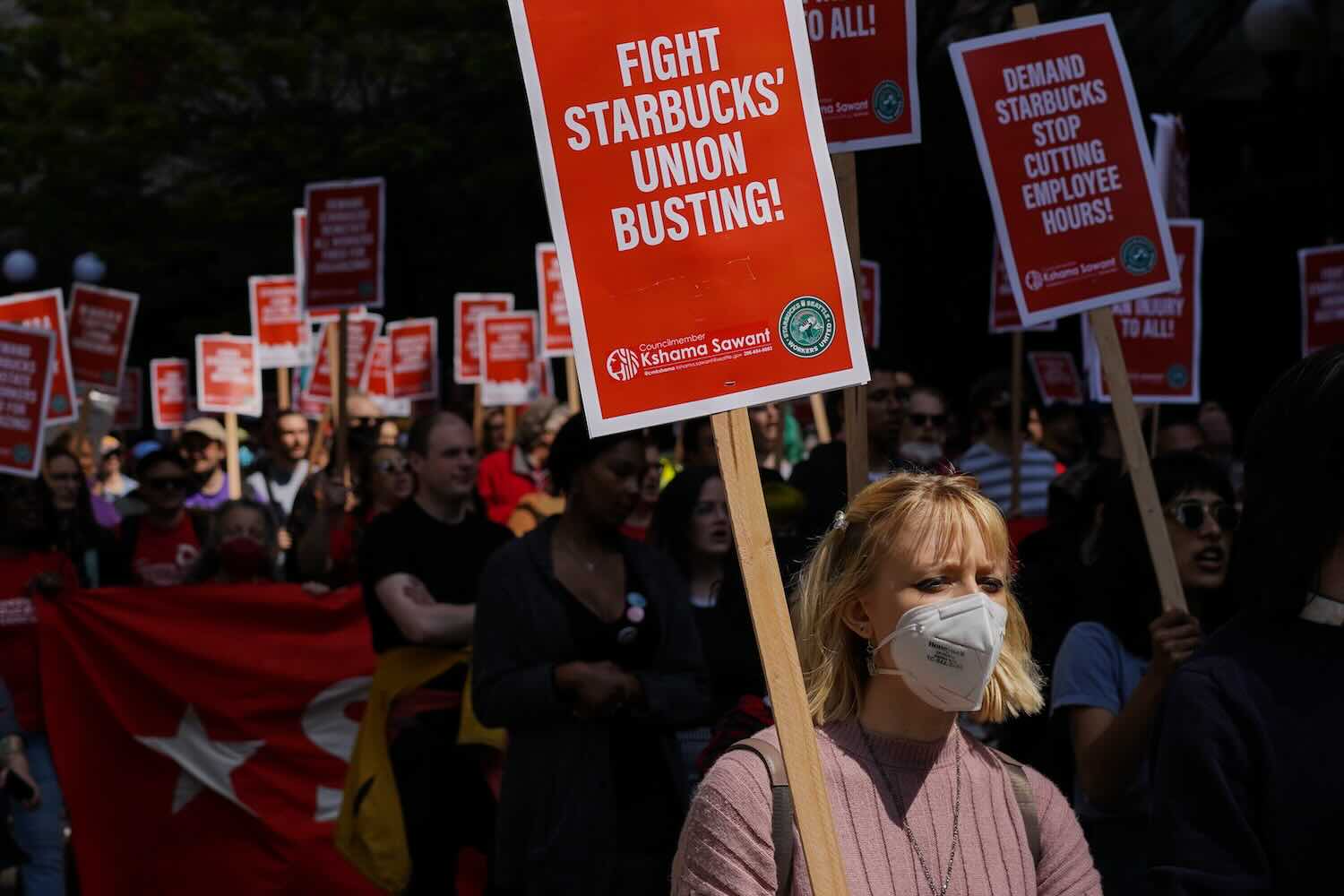The single most important question in investing is: “When?”
When do you expect you will need this money? In a year? In 30 years?
That answer will lead to a very different suggestion for the smartest way to invest, and what types of risk/reward balance is worth taking.
If you’re a fiduciary on a retirement plan (generally the executives/owners of a 401(k) or 403(b) plan), it’s your job to provide a series of investments that your team can choose that make sense for the long-term goal of retirement.
If you fail in your duty – say you push your team to invest in a very expensive fund that underperforms – you may be personally liable to make up the difference to them.
It’s a responsibility not to be taken lightly. It’s this fear that has understandably pushed 401(k) fiduciaries into a kind of herd mentality. If you’re doing what everyone else is doing, you can feel pretty safe.
And since the rise of Vanguard in the 1980s, the herd has been pushing for market-tracking, passive investing strategies in 401(k)s. In 2021, over 50% of US equity fund assets were held in passively managed ETFs and mutual funds. That’s up from just 12% in 2000.
If you stray outside of those strategies, you’re bringing on increased risk.
But what if the herd is wrong?
Mispriced risk
Climate change is both one of the greatest threats to our global system and also a significant opportunity to invest in overhauling our 20th century energy system into something far greener, more efficient, and far more abundant.
But with an increasing amount of the price signals in the stock market being set by short-term investors, we’re not seeing climate getting priced in – neither the risk, nor the opportunity.
Electric cars present a pretty clear example:
- ~50% of global oil today is used in cars and trucks on our roadways.
- In 2020, 1 in 20 cars sold in the world were electric
- In 2023, the IEA projects 1in 5 cars sold will be electric.
So oil companies are having their single most important market (road transportation) being disrupted by a superior technology (electric cars) that is growing exponentially (33% CAGR).
Sounds like a reason for their stock to decline, right?
The opposite happened. Thanks to the short-term oil price increases driven by inflation and Putin’s invasion of Ukraine, oil stocks have had their best couple of years in the past decade.
From Jan 1, 2020 to May 19th, 2023, US oil stocks are up 55%. From Mar 20th, 2020, the bottom of the pandemic drop, oil stocks are up a whopping 274% and are trading close to their all-time highs.
While it is true that a fossil-fuel free portfolio would have lost out on energy’s short-term gains in 2021 and 2022, it is important to put that in context that, as of this writing, over the past 10 years (06/12/13 – 06/12/23), the S&P 500 is up 169.08% while the US Morningstar Energy index generated only 41.94% in returns.
(And for the wonks out there, let’s address the counterargument – if EV sales grow exponentially, it’s still going to take a while for that to impact oil demand, as the car fleet turns over every decade or so, right? Yes, but the value of oil stocks today is based upon their expected continued strong dividend and share prices. Barring some significant discovery of another revenue source, it is unclear to us how oil majors will be able to justify increasing their current high stock prices, much less simply maintaining them).
Passive investing may be a snake starting to eat its own tail as passive investing is fundamentally just that, passive. It’s an act of following. Not leading. At some point, when enough people say, “I’ll just follow,” it begs the question, “Well, who’s leading?”
Long-term fiduciaries
As the herd of long-term investors (retirement plans, pension funds, endowments, etc.) has shifted away from active market participants to passive public market followers, they have created a pricing gap. Historically, the stock market had both long and short-term investors sending pricing signals, but as more of those long-term investors have adopted passive investing strategies, movements in the market are increasingly being dictated by short-term investors.
The near-term noise is winning the day. The deep currents are being ignored.
It is time for the definition of what it means to be a proper fiduciary to evolve – just as it did when Jack Bogle introduced passive investing. Passive investing no longer has the capacity to price in long-term risks and opportunities like climate change. It’s time for companies and organizations that face the realities of climate change every day to start being better fiduciaries and stop compartmentalizing when it comes to their employees’ retirement. It’s time for our understanding of what it means to be a fiduciary to re-align with strategies built for the long-term goal of retirement.
If I work for you and I participate in your employer-sponsored retirement plan, you’re responsible for providing me with sensible investment options for the long-term goal of retirement. You’re my retirement fiduciary. It is your legal responsibility to hold my best financial interest in mind when providing me retirement options.
I won’t be retiring for 30 years. Many of your participants won’t retire for 30 years either. Does it make sense to not only hold oil stocks in my retirement account (given the rise of electric cars), but hold 55% more of them in my portfolio than I did on Jan 1, 2020?
No. It doesn’t.
So, ImpactAlpha reader, it’s time for us early adopters to adopt. And not just holding a single ESG fund in your 401(k) lineup; make a sustainable option the default option for your employees. You can evaluate your options on As You Sow. It’s not that hard. (My firm, Carbon Collective, offers funds and ETFs that eschew fossil fuels and invest in companies that are selling climate solutions).
For those of us who understand the climate pricing gap, we have to lead by example, because nobody else will adopt an evolved definition of fiduciary that accounts for the market’s inability to price in long-term threats like climate change until we do.
We don’t need to make the moral argument. We can simply make the financial one. Passive investing is stuck in a negative feedback loop. The more long-term investors who adopt it, the worse of a fit it becomes for long-term investment. This is especially true when it comes to the climate pricing gap.
The definition of fiduciary will only change when enough of us change it. That time is now.
Zach Stein is the CoFounder and Chief Investment Officer of Carbon Collective Investing, and author of the Ultimate Guide to Sustainable Investing. Carbon Collective Investing is a climate smart investment advisor for employers, individuals, and institutional investors.











